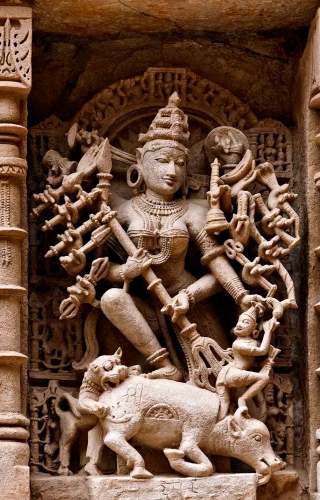প্রতিমা , শালভঞ্জিকা কিছু কথা দ্বিতীয় পর্ব
2020-09-08
দ্বিতীয় পর্ব প্রাচীন কবি সুবন্ধু বলেছেন – অস্তি সুধাধবলৈর্বৃ হৎকথারম্ভৈরিব শালভঞ্জিকোপেতৈর্বেশ্মভিরুপশোভিতম্। ( বাসবদত্তা)অর্থাৎ , এখানে তিনি ব্যাখ্যা করছেন যে , সেকালে শালভঞ্জিকার অধিষ্ঠানের দ্বারা গৃহের এবং নগরের সৌন্দর্য সম্পন্ন হতো। তিনি বর্ণনা করেছেন যে , কুসুমপুর শালভঞ্জিকাযুক্ত গৃহের দ্বারা উপশোভিত হয়ে ছিল। শালভঞ্জিকার অবলম্বনে #বিদ্ধশালভঞ্জিকা নামক দৃশ্য কাব্যের উৎপত্তি হয়েছিল। দ্বারবতীRead More →

